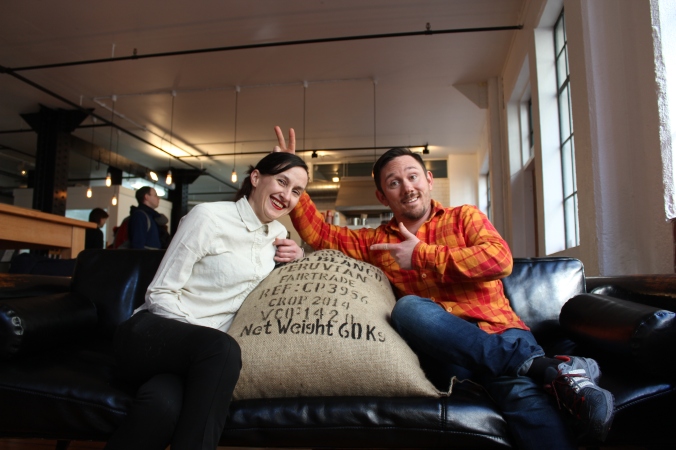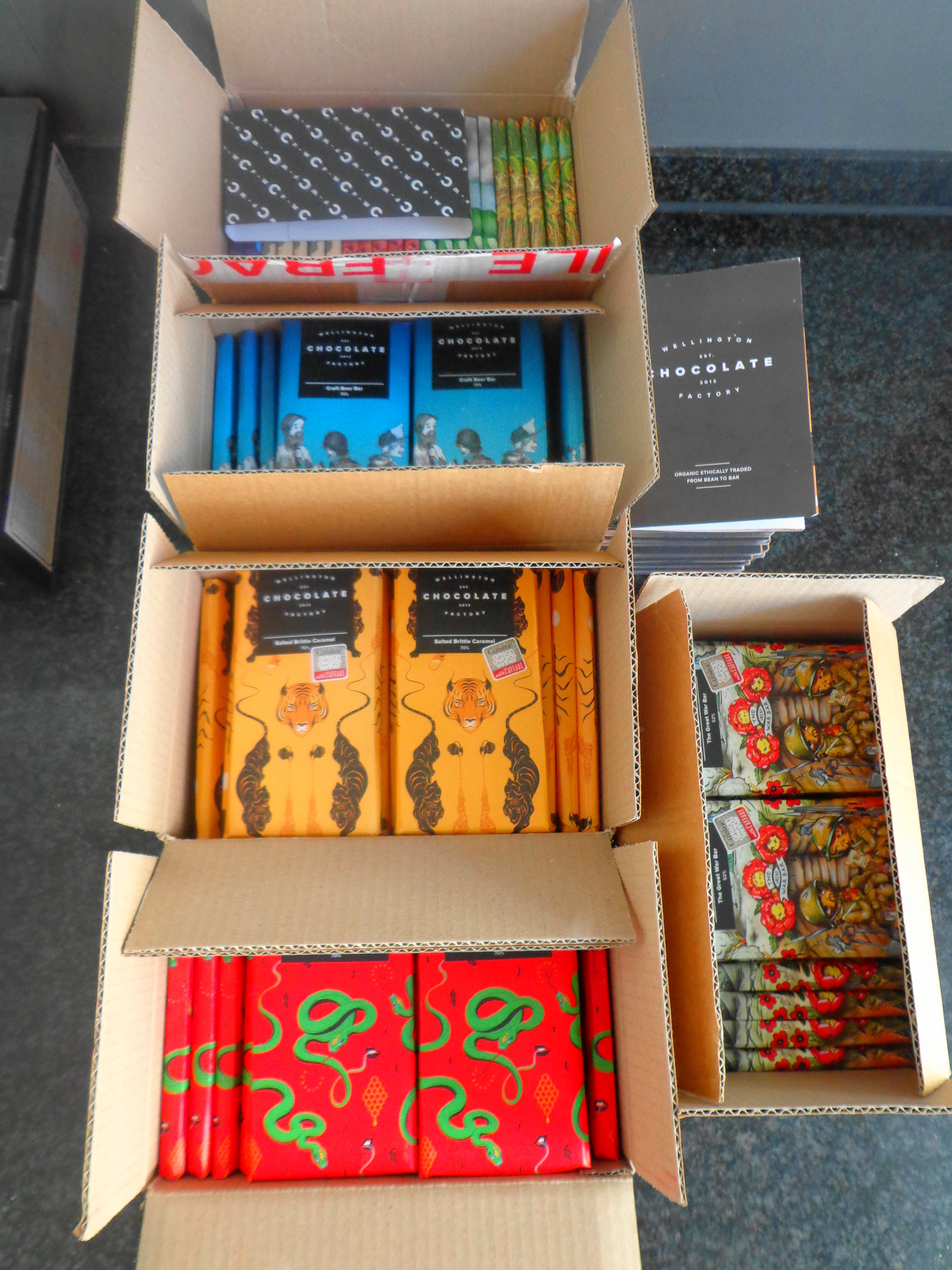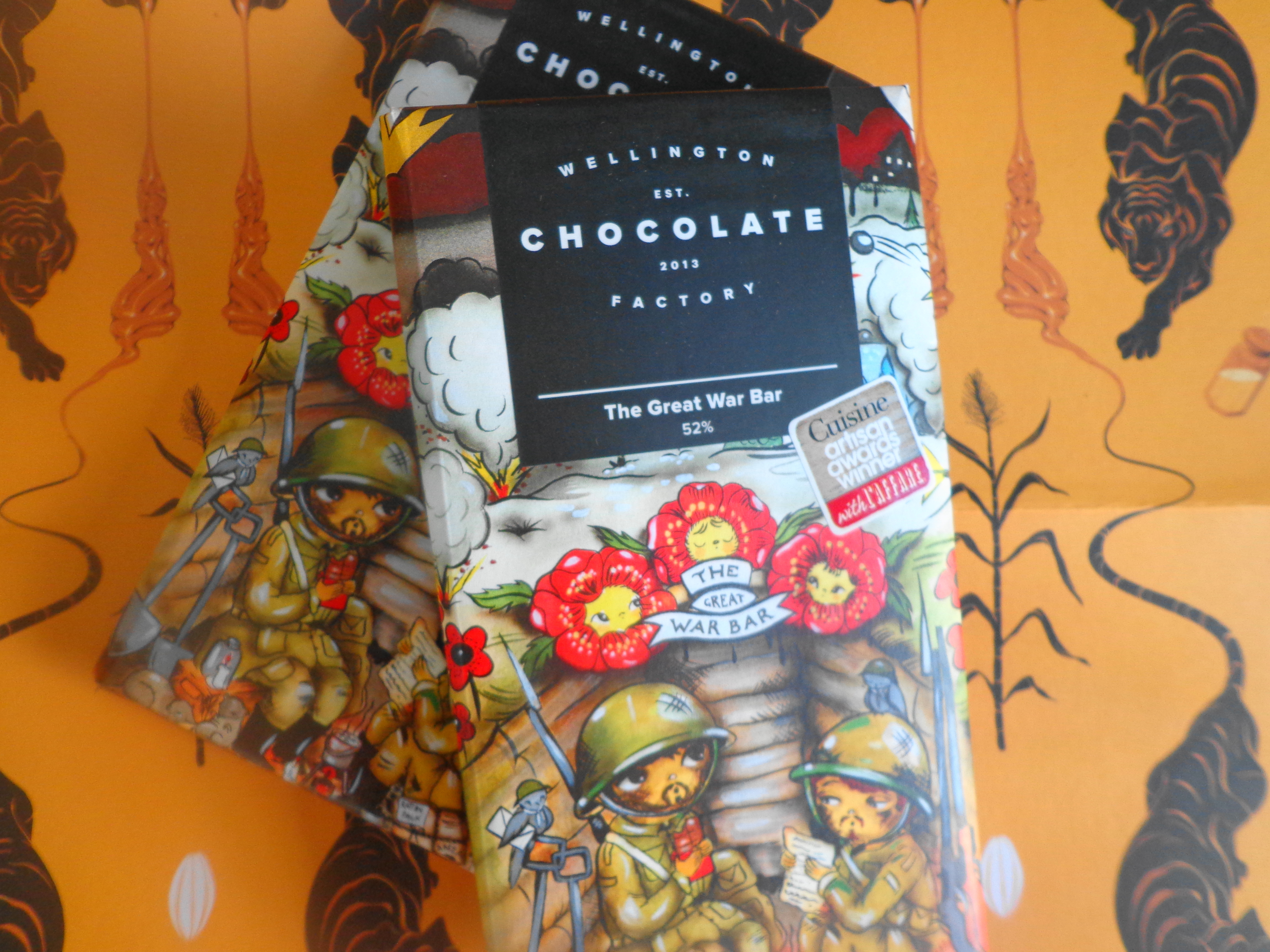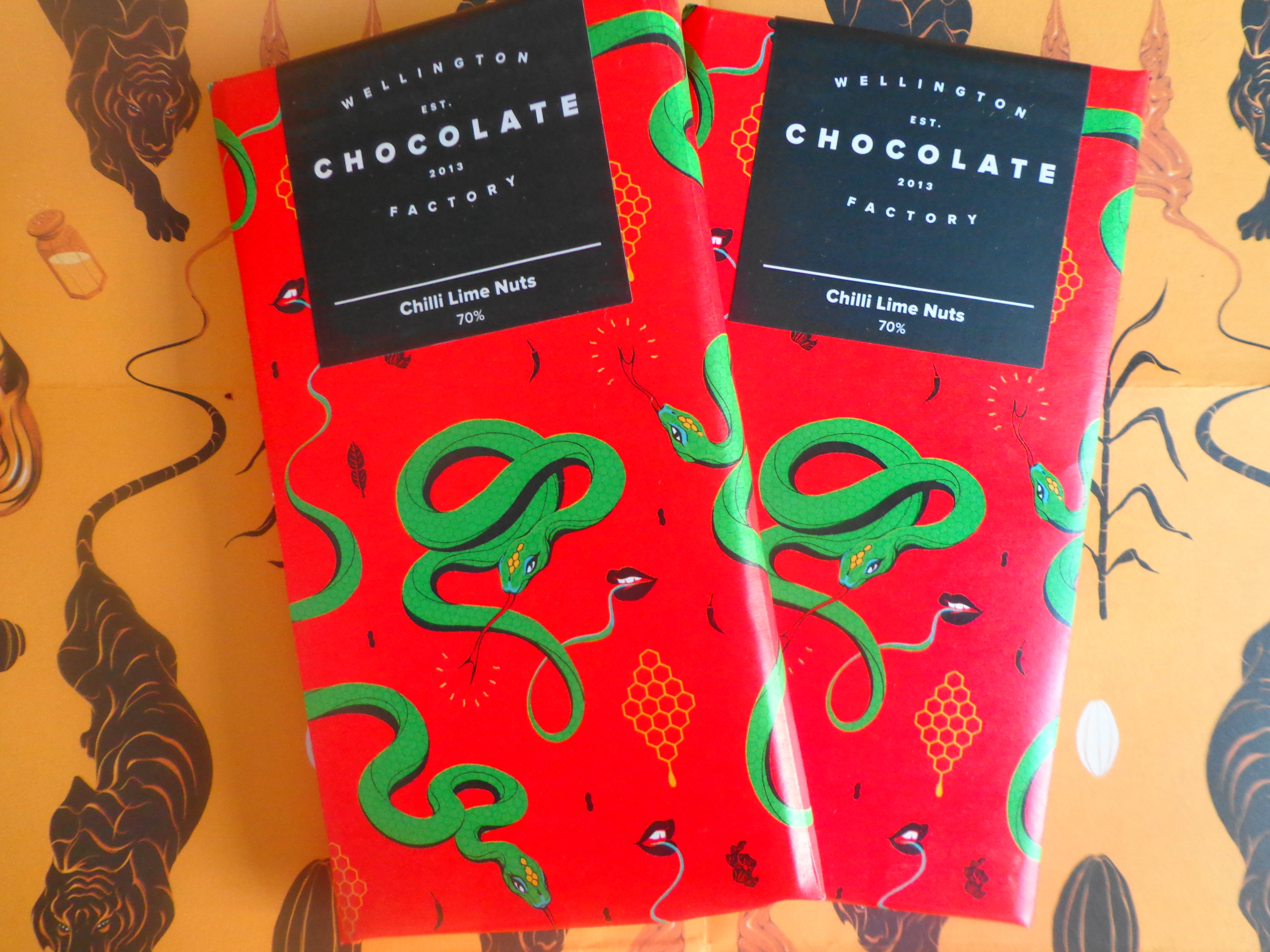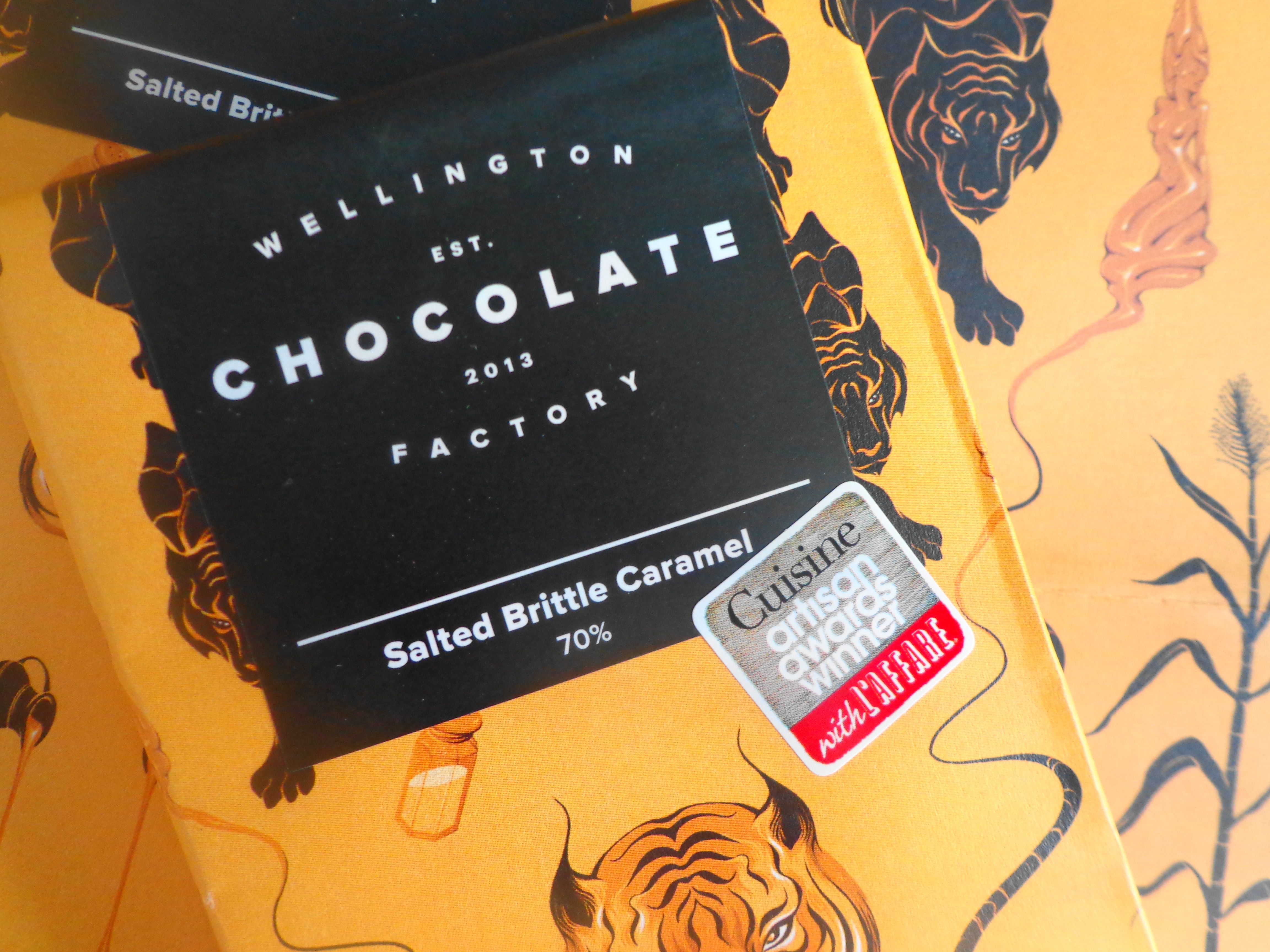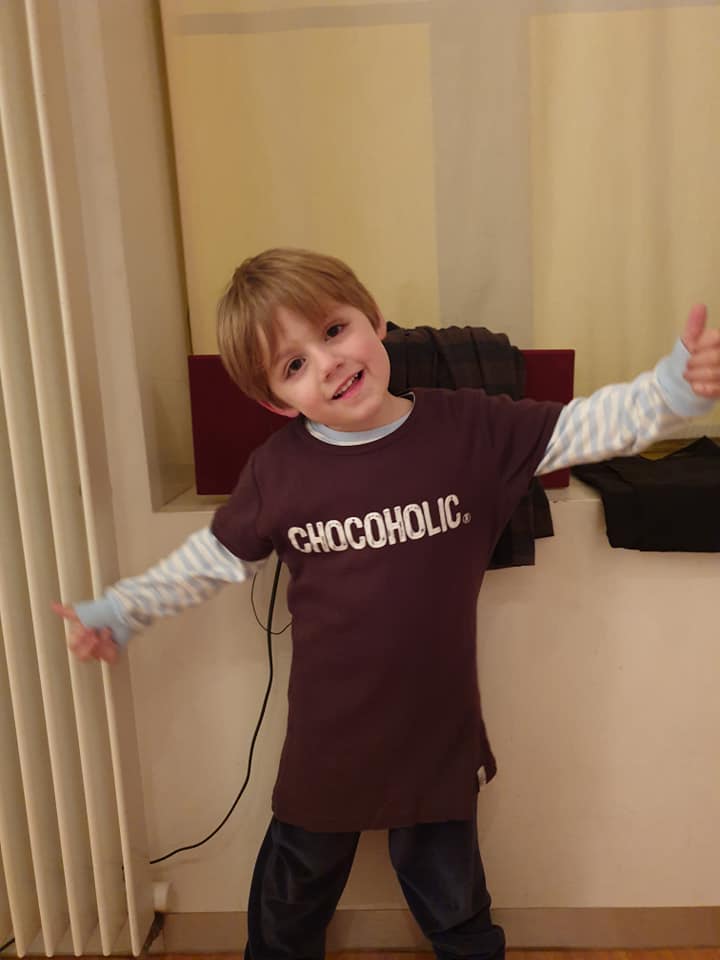IEDEREEN WIL CRIOLLO – IS ER EIGENLIJK WEL CRIOLLO CACAO?
Op bezoek bij Tulicorp een paar weken geleden hebben ze me uitgelegd dat dat hele “Nacional” of “Criollo” verhaal pure marketing is: De Ecuadoraanse “oorspronkelijke” cacaobomen (van zeg maar de 18de, 19de eeuw die de boeren aan de kust gingen planten met materiaal uit het Amazone) zijn allemaal gekruisd door ander genetisch materiaal dat sindsdien (maar vooral in het midden van de vorige eeuw, toen er weinig cacao meer was) is ingevoerd uit Venezuela, Carraïbisch gebied, enz. Er is op het moment haast geen (misschien 0,5% zegt Eduardo) originele ‘criollo’ meer. In geen enkel land, want overal is gekruisd (bestuifd) en geënt met het oog op betere productie en meer resistentie tegen ziekten. Je kunt het dus hoogstens over ‘acriollado’ hebben, dus een hybride (zaad veranderd door kruisbestuiving; polenización) of kloon: Criollos geënt op andere soorten (Trinitario en Forastero). Soms vind je wel criollos, zoals de Venezuelaanse Chua of Peruaanse ‘Piura porcelana’ (de bonen zijn wit), maar het is een zeer kleine hoeveelheid.

WAAR KOMEN DIE WOORDEN VANDAAN?
Ze zijn ooit in Venezuela, waar ook verschillende soorten binnenkwamen, met die onderscheiding begonnen van CRIOLLO of NACIONAL (oorspronkelijk), TRINITARIO (uit Trinidad) en FORASTERO (verzamelnaam voor alles daarbuiten zo’n beetje: betekent VREEMDELING). ARRIBA komt van het ‘upstream’ komen van de bonen (uit Los Ríos, meestal Vinces) naar Guayaquil en wordt vaak als “Arriba Nacional” verkocht nu. Nou dat klopt dus niet want zo ‘nacional’ zijn die bonen dus niet meer. Maar ja, het is maar wat je nacional noemt: Bastiaan’s familie komt oorspronkelijk voor een deel uit Frankrijk en de mijne voor een deel uit Duitsland, maar we vinden onszelf toch behoorlijk Nederlands! Het beroemde onderzoeksinstituut in Ecuador, INIAP, gebruikt als definitie voor “Arriba” alle soorten die op “Nacional” rootstock worden geënt. In plaats van op CCN51: da’s geen nieuwszender maar een kloon die productiever is en aan vele boeren een veel beter bestaan heeft geboden (Colección Castro Naranjal) maar die heel veel cacao-snobs nu niet willen omdat het een wat vlakkere smaak heeft.

HOE VRESELIJK IS CCN51?
Nou, als je hem goed verwerkt wint-ie in competities tegen veel “Arriba” cacao. Overigens is CCN51 familie van de “Arriba Nacional” dus zo slecht kan-ie nou ook weer niet zijn! Tel daarbij op dat CCN51 gemiddeld 4x zoveel produceert, maar vaak tegen dezelfde prijs verkocht kan worden (lees: géén of een heel kleine méérprijs voor Arriba), dus dan is het voor de boer niet lang nadenken welke soort hij gaat planten. Hierdoor is er steeds meer CCN51, ook in Centraal Amerika overigens (geïntroduceerd door NGOs). Meneer Castro is helaas te vroeg overleden, hij wilde nog een beter smaakprofiel kweken bovenop de productiviteit. Op dit moment wordt dat gedaan door INIAP. Eduardo Márquez van Tulicorp is voorstander om het gewoon over “Ecuador cacao” te hebben en niet meer die scheiding aan te brengen, die de Ecuadoranen noodlottiger wijs zichzelf op de hals hebben gehaald. Noodlottig, want het wordt toch wel gemengd bij export (vaak is veel van een container CCN51, ook al staat er Arriba op de vrachtbrief). De importeur weet dit maar verkoopt het praatje van 100% Arriba gewoon door aan zijn klanten terwijl hij met z’n leverancier in Ecuador een lagere prijs bedingt omdat het toch niet allemaal Arriba is. In de exportstatistieken staat dat de export van Arriba vs CCN 50-50 is, maar in realiteit is het waarschijnlijk 65/35 of zelfs 90/10 denkt Eduardo, want er wordt amper Arriba aangeplant in de laatste 20 jaar.

WAT VOOR CACAO GEBRUIKEN WIJ?
Amigos zet niet Arriba op haar Ananda Chocolate, omdat we niet mee willen doen aan het stigmatiseren van CCN51. De boerenvereniging waar wij de cacao van kopen claimt evenwel dat het allemaal Arriba is, en geen CCN, en dit wordt door Tulicorp bevestigd. Ik ben niet op alle plantages geweest maar wat ik heb gezien is inderdaad de Arriba (‘acriollado’) die je kunt herkennen aan de gele kleur bij rijping, ipv rood bij CCN51. De boerengroep is bezig met nieuwe klonen van Arriba die productiever zouden zijn, om op deze manier de boeren ervan te overtuigen niet op de (vlakkere) CCN over te gaan. En ze vragen een meerprijs voor de toch wat fruitigere smaak. Waar het Amigos vooral om gaat is dat biodiversiteit behouden blijft. Bij het omschakelen naar CCN verlies je dit vaak omdat boeren echt op productie mikken via monocultuur en niet de ouderwetse agro-forestry. De agro-forestry, die dus minder productief is maar wel bijdraagt aan smaak (fruitbomen, rijk bodemleven, enz).

HOE KRIJG JE NOU DE BESTE CACAO?
Wat smaak betreft zijn een aantal dingen belangrijk: 1. De genetica bepaalt voor het grootste gedeelte het smaakprofiel. Maar je kunt de cacao verpesten als je niet 2. De vruchten (mazorcas) RIJP van de bomen snijdt, 3. Homogeen fermenteert, en nog belangrijker dan dat: 4. Homogeen droogt. Verder is het een subjectief gedoe: wat kwaliteit is voor de één (bijv. weinig paarse slecht-gefermenteerde bonen) is voor de ander weer een vereiste (violetas geven je het zure wat weer de chocolade karakter geeft). In de groep Centraal Amerikanen kwamen we er gisteren ook niet uit om een éénduidige standaard te maken voor kwaliteit, en mijn conclusie was dan ook dat je als groep beter je kwaliteits-stempel (ze zijn bezig met een collectief merk) kunt verbinden aan je kunde om een goede spec sheet op te sturen, je eigen cacao te kennen en dit te kunnen communiceren aan je klant. En bij voorkeur je de kennis in huis hebt om de profielen te manipuleren door andere methodes van fermentatie bijvoorbeeld, om zo de klant tevreden te stellen.

BIO OF NIET BIO
Bij biologische teelt heb je 2 soorten: één die ‘de facto’ biologisch is omdat de boer niets spuit of bemest, maar ook niet biologische materialen en dan heb je dus grote kans dat er geen goede kwaliteit is, en één die actief biologisch bemest voor betere kwaliteit (en productie) en sproeit ter voorkoming van ziekten. De eerste soort verpest het voor de tweede. Het is hierdoor dat veel specialiteitschocolatiers niets moeten hebben van bio-cacao, omdat het uit die eerste categorie van de luie boer komt, die eerst en vooral de certificering verkoopt en niet zozeer kwaliteit. Voor mensen die erg begaan zijn met anti-synthetische middelen en dus bio kopen maakt dat niet veel uit. Maar voor fijnproevers dus wel. Je kunt evenwel erg goede cacao telen met bio-praktijken, je moet hierbij vooral aandacht besteden aan stikstofniveaus. Conventionale agronomen die zeggen dat je nooit voldoende stikstof in bio-mest kunt hebben weten niet voldoende: het is wel degelijk mogelijk, vertelt mij Hugo Hermelink, die een beroemde bio-plantage heeft in Costa Rica. Hij gebruikt zo’n 10 ton op intelligente manier samengestelde bio-mest per hectare per jaar. Voor grote boeren is vaak het op de grond laten liggen van het vegetatieve materiaal voldoende voor goede kwaliteit; het loont pas te bemesten als je een klein boertje bent met een paar hectare en je productie wilt opvoeren. De beste cacao vind je op kleine percelen, waar vaak de boer wel zeer actief de plant bemest en besproeit, maar niet strikt de bio-regels volgt. Deze regels zijn soms ook belachelijk: een cacaoproducent hier vertelde me dat de inspecteur wilde dat hij 100 km ging rijden naar een plek voor gecertificeerde bio-koeienpoep ipv de lokale – niet-gecertificeerde – koeienpoep te gebruiken… Goed voor het milieu hoor!

IDEE VOOR SINGLE ESTATE CHOCOLATE
Al pratende met Eduardo Márquez van Tulicorp kwamen we op een idee waar hij al lang mee rondloopt maar nog geen partner voor heeft: hij kent alle farms van Ecuador, en zou dan de allerbeste cacao omzetten in de allerbeste chocolade. In een simpel hoesje, met genummerde stikkers. Kleine volumes, zo’n 1 MT/jaar/plantage. Beginnen we bijv met 3 fincas x 0,5 MT beginnen, bijv:
Single Estate Ecuador (naam beschikbaar)
Hacienda La Cholo
77% Bar 0001
Met chique site, mooie foto’s, en verhaal.
Prijs voor de cacao: NY +1000 (zoals we nu ook onze Fair trade / Bio cacao kopen van UNOCACE – net 8 ton gekocht tegen 4.000/ton)
Alleen zou het wel naar andere kanalen moeten want het is niet BIO. (Misschien via El Sauco of Marianne naar specialiteitshops)
Dít zou wel prijzen winnen, zegt Eduardo.
Maar de bananabar is ook nog steeds een leuk idee!
Dit verhaal stond al een tijdje in de stijgers maar het kwam er maar niet van, dus nu toch.
LESJE IN CACAO, met dank aan en door JEROEN KRUFT, 2014 Ananda chocolade tekoop in onze winkel http://www.patisserievercruysse.be






















